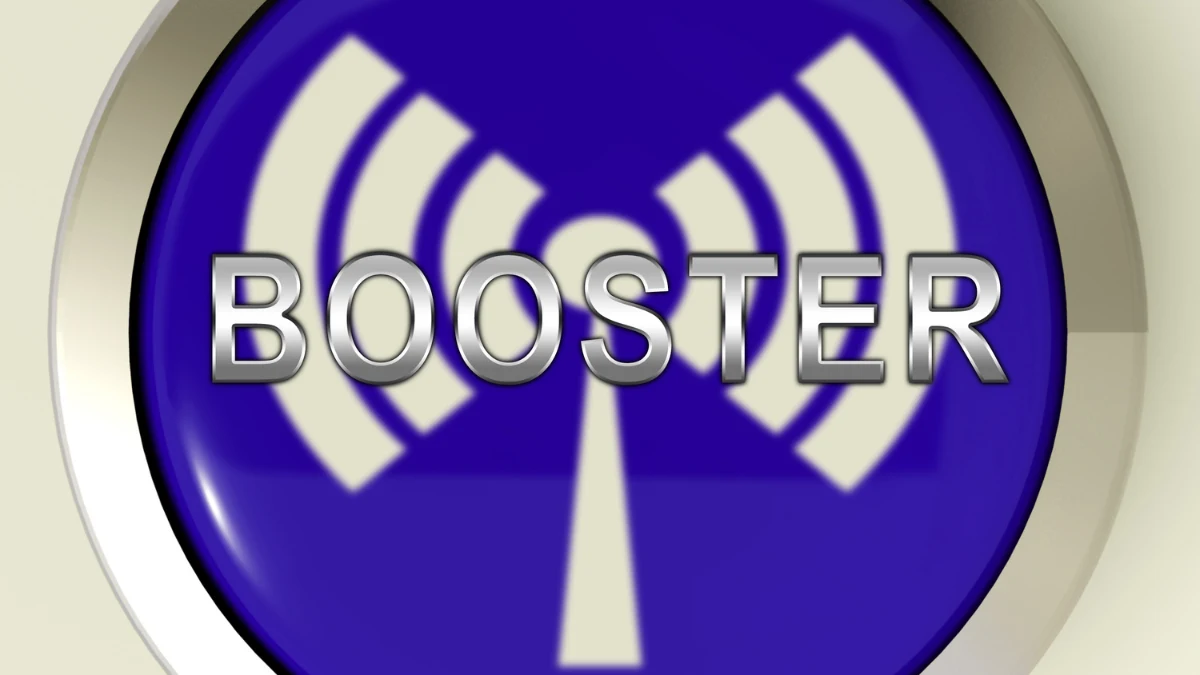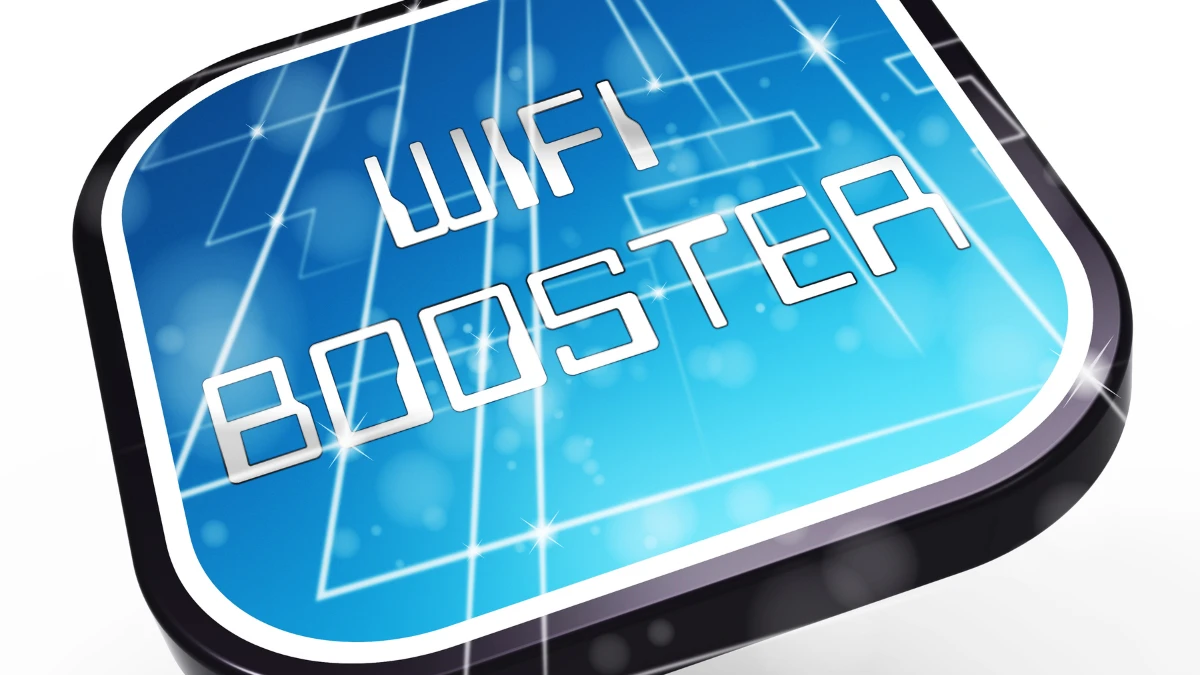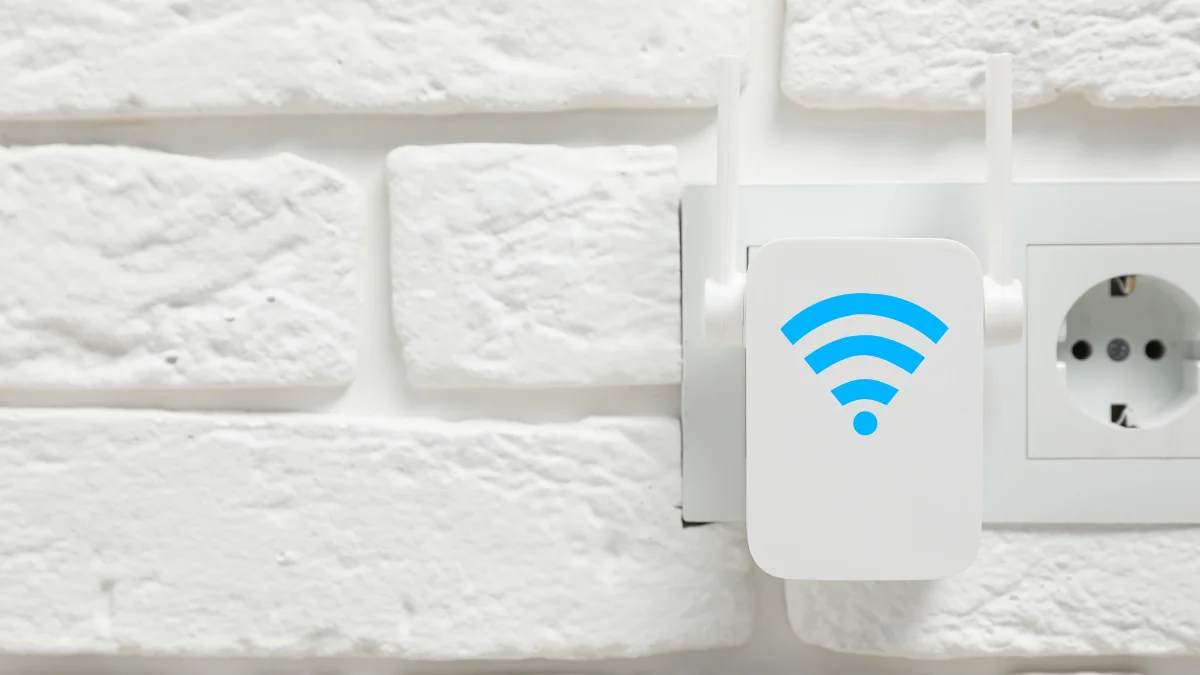Having areas in your home or office with weak or no signal coverage can be frustrating. With its ability to boost signals, a WiFi booster can be the perfect solution.
A WiFi booster can receive, amplify, and retransmit WiFi signals from the main router, making areas with weak signals accessible to the internet.
This article will provide further details about WiFi boosters, including their definition, how they work, their functions, types, and regulations governing their use in Indonesia.
What is a WiFi Booster?
 As the name suggests, a WiFi booster is an electronic device used to boost weak and slow WiFi signals. This device works with an additional router to capture the main signal from the router and broadcast it again.
As the name suggests, a WiFi booster is an electronic device used to boost weak and slow WiFi signals. This device works with an additional router to capture the main signal from the router and broadcast it again.
With a WiFi booster, you can eliminate weak areas in your home or office from the internet network or areas that were previously out of reach. That way, you can enjoy a better WiFi connection throughout the entire area.
How Does a WiFi Booster Work?
A WiFi booster works by receiving signals from the main router and rebroadcasting them. Here is how it works in detail:
- Signals are received: Weak WiFi signals from the router are received by the booster.
- Signals are amplified: The booster then amplifies the received signals.
- Signals are rebroadcast: The amplified signals are then rebroadcast, creating a new, stronger WiFi network over a wider area.
The Functions of WiFi Booster

The main function of a WiFi booster is to expand coverage and strengthen the WiFi signal. The following are its functions:
- Improve WiFi speed: The WiFi signal from the main router will be amplified so you can enjoy faster internet. - Extend WiFi coverage: The WiFi signal will be extended to reach areas with slow connections or that were previously out of range.
- Provide a more stable connection: Helps reduce interference and makes the WiFi connection more stable.
The Types of WiFi Boosters
There are several types of WiFi boosters designed to boost weak and slow WiFi signals. Here are some types that are commonly used:
WiFi Repeater

As the name suggests, a WiFi repeater is an electronic device used to extend the range of a WiFi signal. In other words, a repeater acts as an amplifier and rebroadcaster of WiFi signals, enabling them to reach areas that were previously difficult to reach with the main signal.
A WiFi repeater amplifies and rebroadcasts WiFi signals by receiving signals from the main router and rebroadcasting them to a wider area with greater strength.
WiFi Extender
A WiFi extender is an electronic device used to extend the range of a WiFi signal to a new network. This device receives signals from the main router via a connected Ethernet cable to amplify the signal and broadcast it to a wider area.
By creating a new network, the WiFi extender does not reduce the bandwidth of the main router. This means that the signal strength remains the same before and after installing this device.
WiFi Mesh
WiFi mesh is a wireless network system that uses multiple devices (routers and satellites) to create a uniform and stable WiFi network across a large area. The purpose of this system is to provide internet connectivity without any dead zones.
WiFi mesh creates a single WiFi network with one SSID from several interconnected “nodes.” Nodes are divided into two types: those connected to the modem act as the main router, while the others act to spread WiFi throughout the area.
WiFi Booster Regulation in Indonesia

The WiFi booster uses communication technologies such as those that operate within a specific frequency spectrum. In Indonesia, any WiFi-based wireless device is required to have a DJID (Directorate General of Digital Infrastructure) under the Ministry of Communication and Digital (KOMDIGI).
WiFi booster regulation is based on KEPMEN No. 12 Tahun 2025, which requires all radio frequency-based devices to meet specific technical standards before being sold in the country.
The DJID certification ensures that the product meets government safety and quality regulations and does not interfere with other communication devices. The certification process involves technical testing, such as frequency adjustments, safety checks, and compatibility with the surrounding environment.
Once the tests are completed, products that pass are listed in a Test Result Report, which confirms that the product is safe and ready for sale in Indonesia. This report reassures customers that the product meets technical standards and is secure.
For companies wanting to sell a WiFi booster in Indonesia, Type Approval Certification Services for ICT Products are available to assist with this process. This service includes preparing technical and legal documents, conducting required testing, ensuring compliance with regulations, helping companies streamline the certification process, and giving consumers confidence in certified products.